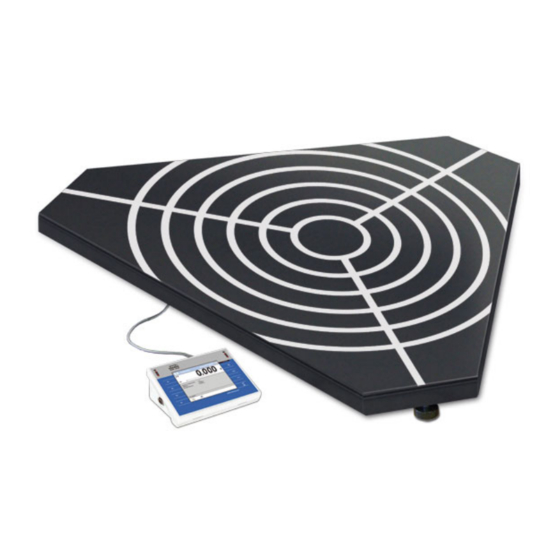
RADWAG WPY series User Manual
Hide thumbs
Also See for WPY series:
- User manual (188 pages) ,
- User manual (304 pages) ,
- User manual (22 pages)
Table of Contents
Advertisement
Quick Links
User Manual
Scales of WPY/KO series
Manual number:
ITKU-47-09-01-11-A
Mass Comparator
M A N U F A C T U R E R O F E L E C T R O N I C
W E I G H I N G I N S T R U M E N T S
RADWAG Wagi Elektroniczne, 26–600 Radom Bracka 28 Street - POLAND
Phone +48 48 38 48 800, phone/fax. +48 48 385 00 10
Selling department +48 48 366 80 06
www.radwag.com
Advertisement
Table of Contents




Need help?
Do you have a question about the WPY series and is the answer not in the manual?
Questions and answers